Just off the coast of Niigata Prefecture lies Sado Island. It’s not the most well-known island in Japan’s archipelago—I personally hadn’t heard about it until recently despite living in Japan for four years. That was my loss.
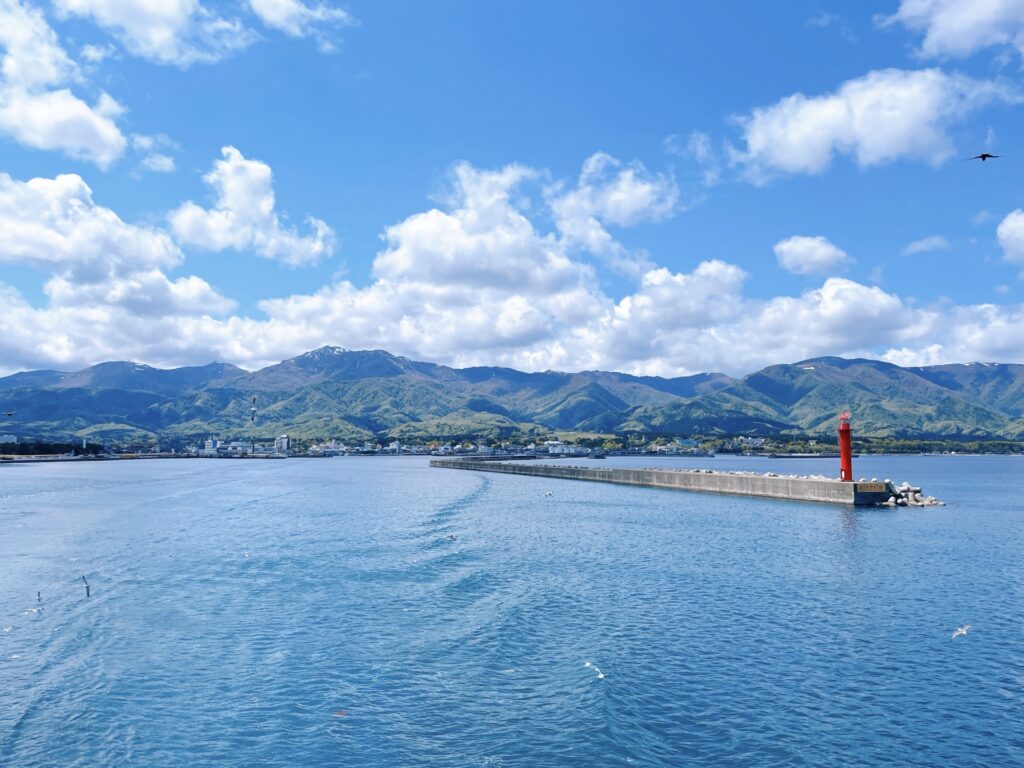
As an island that faces Korea and China, Sado Island was often the first to receive influence from Japan’s neighbors with art and customs traveling through Sado before heading to Honshu (the main island). It was also a known location of banishment for political dissidents, the ruling powers’ opposition, and even nobles, including Emperor Juntoku in 1221. They weren’t sent to Sado with nothing though, and often brought their own court with them, bringing theatrical arts and entertainment from Kyoto to the island.
Thanks to this swirling concoction of inbound entertainment, Sado has developed a strong culture of performance art. To this day, Sado retains a strong love of Noh theater, with more than 30 stages on the island. But it isn’t Noh that the island is well known for today.
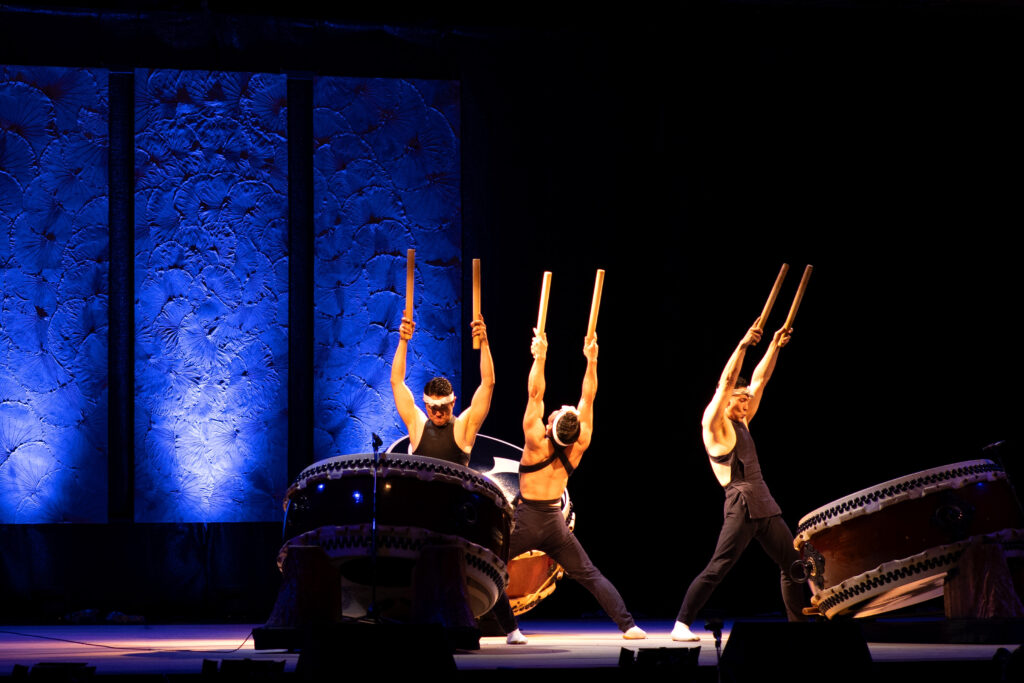
Sado is home to Kodo, Japan’s premier taiko drumming group that has set the modern standard for the art of taiko not just in Japan, but worldwide. Every year, an annual Earth Celebration is held where Kodo puts on an epic performance in its hometown, though the visitors, such as myself, come from far and wide.
In fact, having attended a fair few festivals and music events in Japan, I was quite shocked at how many international visitors there were in attendance. Roughly 20% of the crowd appeared to be non-native and had traveled to Sado specifically for the festival. It showed me the reach that Kodo had before I even saw them perform.
While waiting for the opening performance, I wandered through the stalls that had been erected just outside the concert venue. The classic Japanese food stalls were there, with takoyaki, yakisoba, and karaage available to purchase alongside vegan burgers, olive oil ice cream, and whole roasted chicken in herbs. The latter two I sampled and they were heavenly. Also, there were stalls selling artisanal products, clothing, and accessories, as well as artwork of a fairly bohemian nature.
Once it was time to head in, I was directed to my area (there are different areas of seating depending on the ticket) and was at the front of the stage, right by the speakers. Now, I have seen taiko drumming before; I have seen it at summer festivals big and small, and on grand stages in the center of Tokyo, but I had never seen it like this.
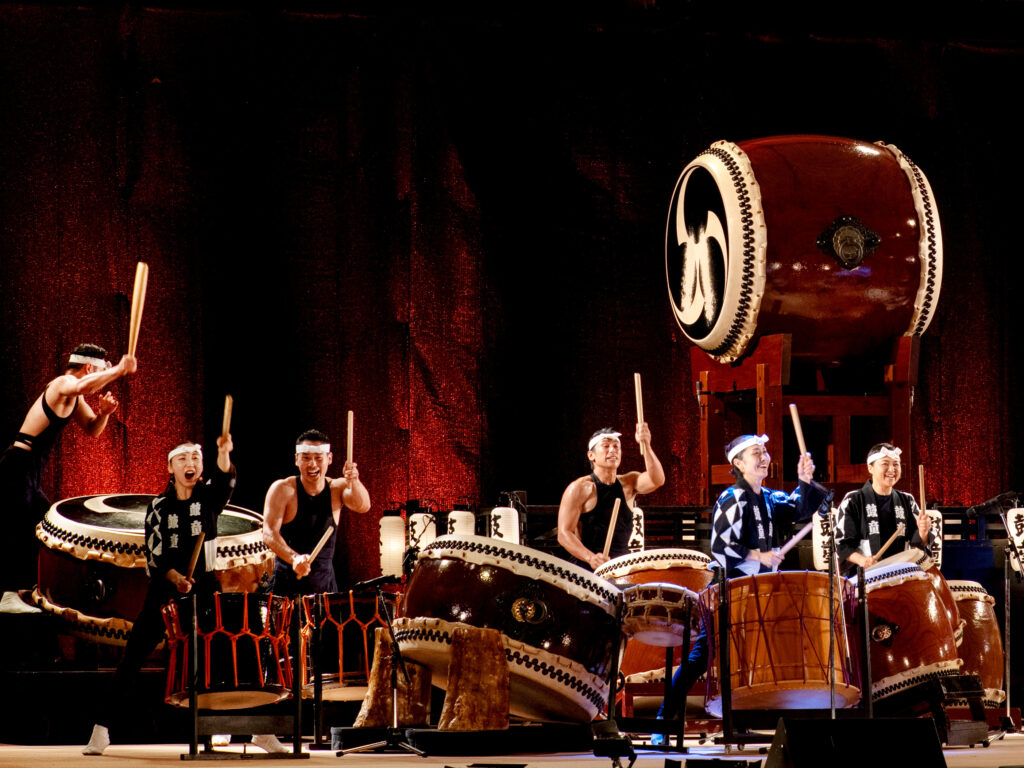
Taiko drumming is an energetic instrument to be sure, as are many types of drums, but the energy exuded by the Kodo players was on another level. From small taiko drums that can be worn with straps around the neck to absolutely mammoth sized drums that are wheeled on platforms, the musicians play them with everything they have, sweat dripping down from the effort. The rhythmicality of the performance was astounding, and the speakers amplified the music till my body was vibrating with it, making me feel as if my own heartbeat had been replaced with the beat of the drums.
Over three nights, the Kodo players continued to astound me, sharing the stage with a percussion group from Uganda called the Nakibembe Embaire Group. The wonderful thing about percussion, both Kodo’s taiko and the Nakibembe Embaire Group’s giant wooden xylophone, is that there is almost a primitiveness to them. It is the simple act of beating out a tune—it’s one of the first ways we make music as babies, and likely the first way we made music as a species.
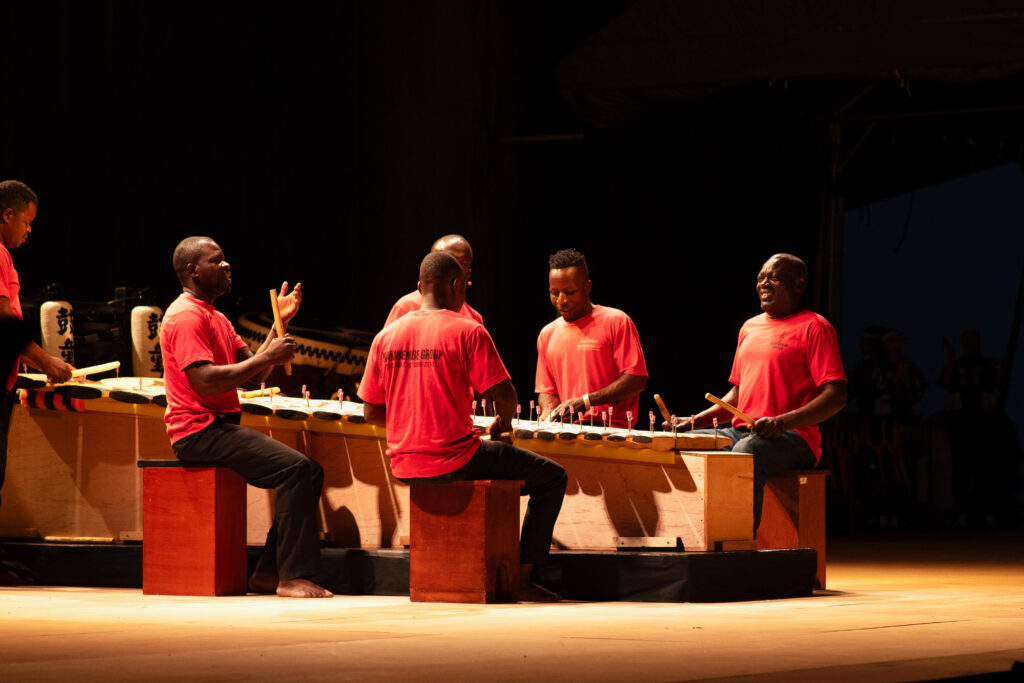
It also resonates through your body, making you want to get up and move to the music, which is exactly what some were doing in the dance area located to one side of the stage. I thought it was a great idea to include this area, meaning that people who wanted to dance could do so without blocking the views of those who were sitting down. I also got up to let the music flow through me and felt no judgment or ridicule from those around me who were also enjoying dancing to the beat.
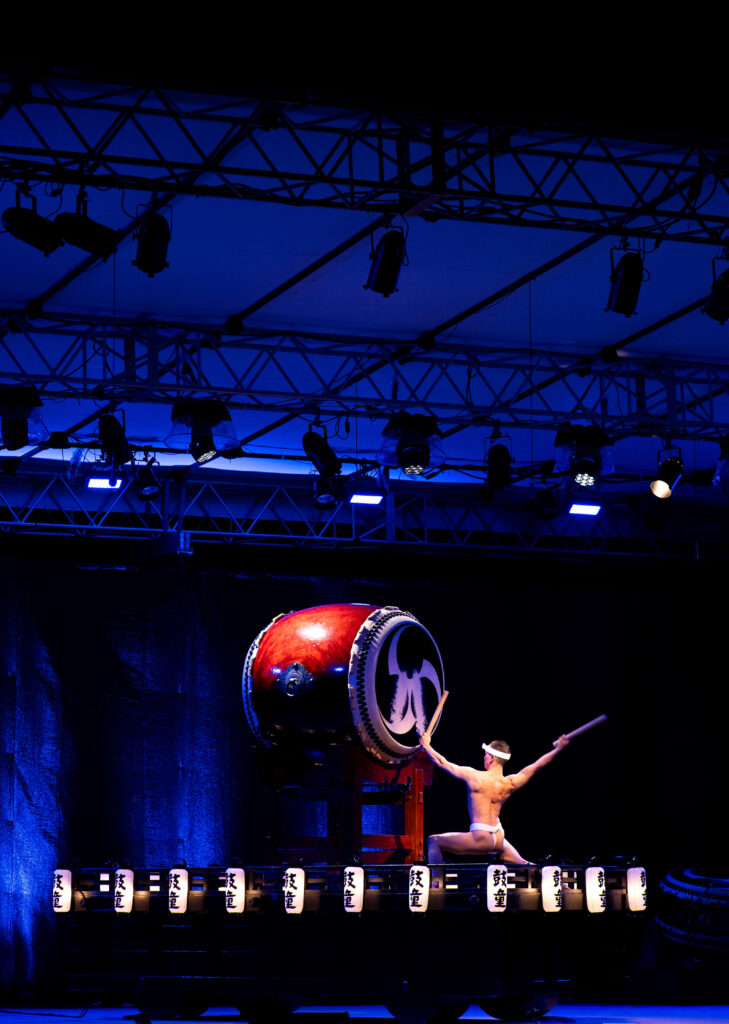

Getting to experience one of the world’s best taiko drumming groups in their own hometown is special. You feel their connection to the land, to the area, and to the community that surrounds them and supports them back. I hope to return to Sado and Earth Celebration once again, if not next summer then sometime in the not too distant future. I urge those who love music, Japanese or otherwise, to head to Sado to see Kodo—it’s an experience I personally will never forget.
